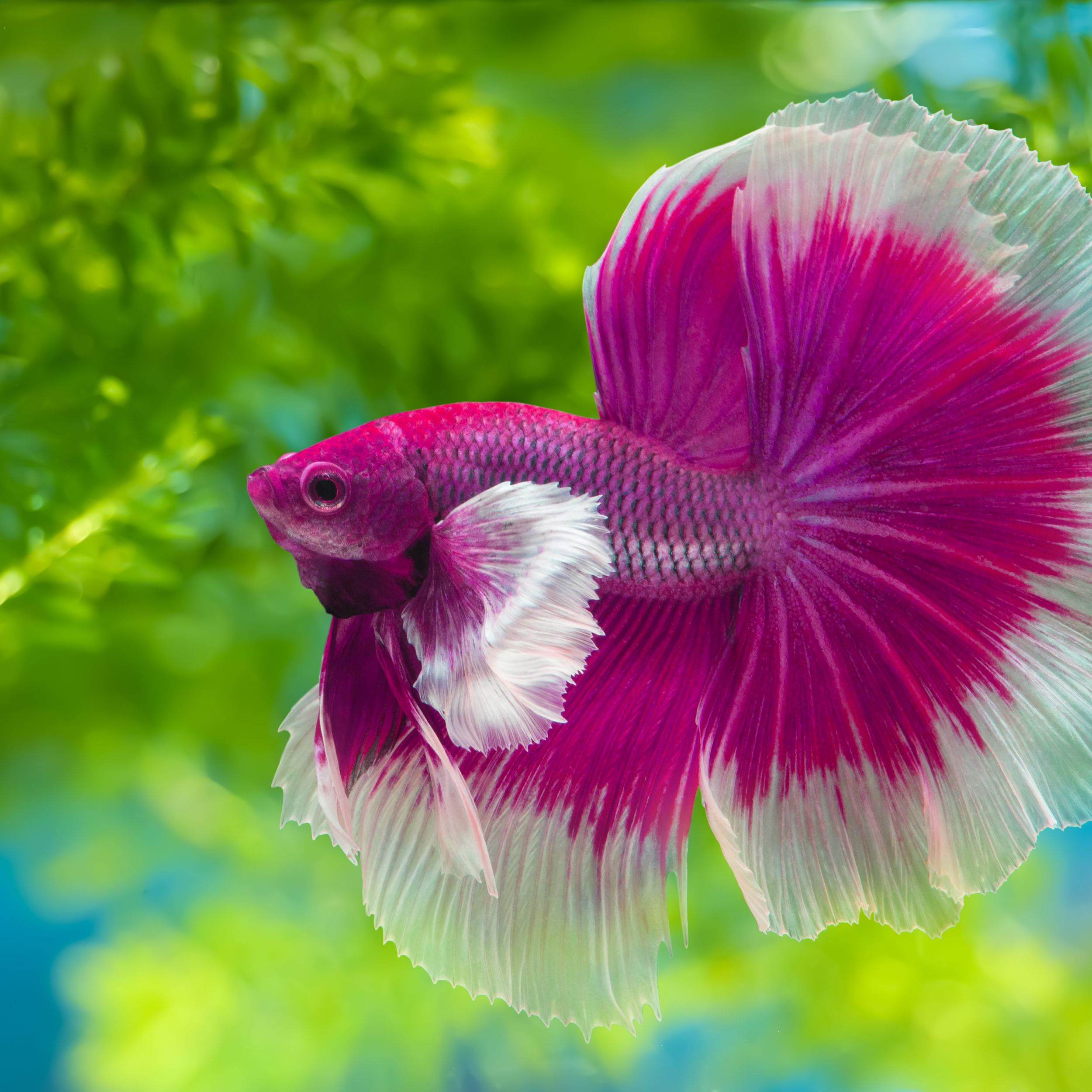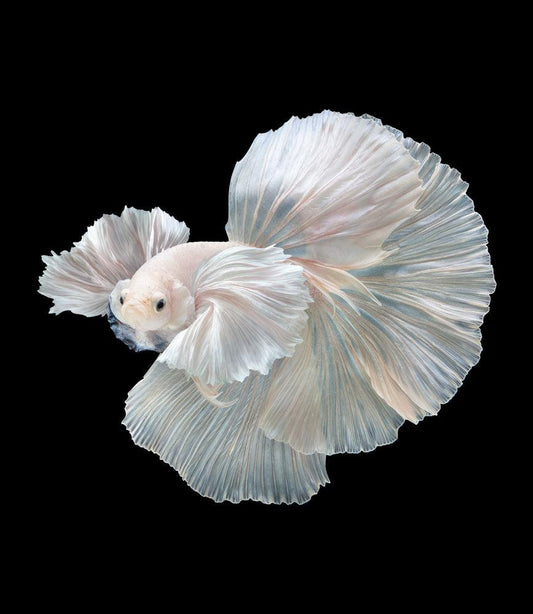Just how to Choose the Right Betta Fish for Your Fish tank
Wiki Article
Breeding Betta Fish: a Comprehensive Step-By-Step Overview to Effectively Raising Infant Bettas From Eggs to The Adult Years
Reproducing Betta fish is a careful undertaking that needs cautious preparation and implementation to make sure the successful development of fry from eggs to grow fish. As the male Betta vigilantly constructs a bubble nest and guards the valuable eggs, the subsequent phases of treatment and transition need interest to information and expertise of ideal practices.
Choosing Breeding Pairs
When getting started on the trip of reproducing Betta fish, selecting the right reproduction sets is critical to accomplishing desirable attributes and a healthy and balanced lineage - betta fish. The very first step in this procedure is to identify the details attributes you want to improve or protect, such as shade, fin kind, and physique. It is crucial to select genetically varied pairs to avoid inbreeding, which can cause health concerns and undesirable featuresAssess prospective breeding candidates carefully. A healthy and balanced male Betta must exhibit lively colors, an energetic temperament, and well-formed fins, while the lady must also display lively coloration and a rounded belly, showing readiness for spawning. Observing the character of both fish is important, as hostile or extremely shy individuals may not reproduce efficiently.
Documents of lineage is just as essential. Keeping records of the parent fish's ancestry can assist you track genetic characteristics and possible concerns. Additionally, consult trustworthy breeders or on-line sources for advice on selecting compatible sets. Ultimately, investing time in the option procedure will dramatically boost the chance of generating strong, dynamic children that fulfill your reproduction objectives (betta fish).

Preparing the Reproduction Tank
Creating an optimal breeding environment is an essential step after choosing appropriate pairs for Betta fish. The reproduction container must be particularly developed to provide convenience and promote the natural breeding behaviors of the fish. Beginning with a storage tank dimension of at the very least 10 gallons to guarantee ample space for both the man and women Bettas.Maintain a mild purification system to maintain the water tidy while preventing solid currents that can stress the fish. In addition, an air stone can be contributed to supply oxygenation without interfering with the water surface area also much.
Temperature law is vital; go for a steady variety of 78-82 ° F(25-28 ° C) using a reputable heating system. The pH degree should be kept between 6.5 and 7.5, and normal water modifications are essential to guarantee high water top quality.
Incorporate floating plants or spawning sponges to produce concealing spots for the lady, while also motivating bubble nest structure by the male - betta fish. Make certain the container is complimentary from sharp decorations and any prospective dangers, as the welfare of the fish ought to constantly be prioritized during this critical phase of breeding.
The Breeding Refine
Generally, the reproducing procedure for Betta fish includes a series of distinct and evident actions that indicate preparedness for recreation. The male Betta starts by developing a bubble nest at the water's surface area, which works as a website for the fed eggs. This nest is critical, as it supplies a risk-free atmosphere for the eggs till they hatch.As soon as the nest is established, the man will certainly present courtship actions, such as flaring his fins and displaying lively colors to bring in the female. The female, upon noticing the male's readiness, will respond by showing vertical stripes along her body, indicating her receptiveness.
The fertilized eggs after that fall to the bubble nest, where the male very carefully collects and returns them to the nest. Following weblink this, the male presumes obligation for guarding the nest and guaranteeing the safety and security of the eggs till they hatch out, generally within 24-36 hours.
Caring for Betta Fry
Caring for Betta fry needs cautious focus to their environment and nourishment to ensure healthy and balanced development and development. After hatching, Betta fry are incredibly small and vulnerable, requiring a secure and tidy environment.Feeding Betta fry is visit equally important. Feed them little amounts several times a day, being careful not to overfeed, which can lead to water quality concerns.
Transitioning to Adult Bettas
As Betta fry mature, transitioning them to adult Bettas is a critical phase that calls for mindful management of their atmosphere and social interactions. This process usually starts when the fry get to around 6 weeks of age, at which point they can be progressively introduced to a much more organized living setting.To promote this transition, it is necessary to make certain that the water parameters-- such as temperature, pH, and ammonia degrees-- are ideal and steady. Grown-up Betta fish grow in cozy water (around 78-80 ° F) with a pH of 6.5 to 7.5. Slowly accommodate the fry to these problems to reduce stress and anxiety.
Social interactions are an additional key factor; man Bettas are notoriously territorial and hostile. It is a good idea to different males right into individual containers as they grow. Women Bettas can be housed with each other, but care should be required to monitor for indicators of hostility.
In addition, this page nutritional adjustments ought to be made as the fry expand. Integrate top quality pellets and live foods to support their development and health. By taking care of these variables efficiently, you can promote an effective transition to their adult years for your Betta fish.

Final Thought
Effective reproduction of Betta fish requires mindful attention to information throughout the whole procedure, from choosing genetically varied pairs to offering ideal treatment for fry. By making sure suitable reproduction problems and preserving water quality, the chance of healthy spawn raises substantially. Furthermore, a balanced diet regimen and gradual adaptation to grown-up atmospheres are critical for the growth and advancement of Betta fish. Following these steps vigilantly cultivates a growing population of Betta fish, enhancing both their wellness and vitality.Report this wiki page